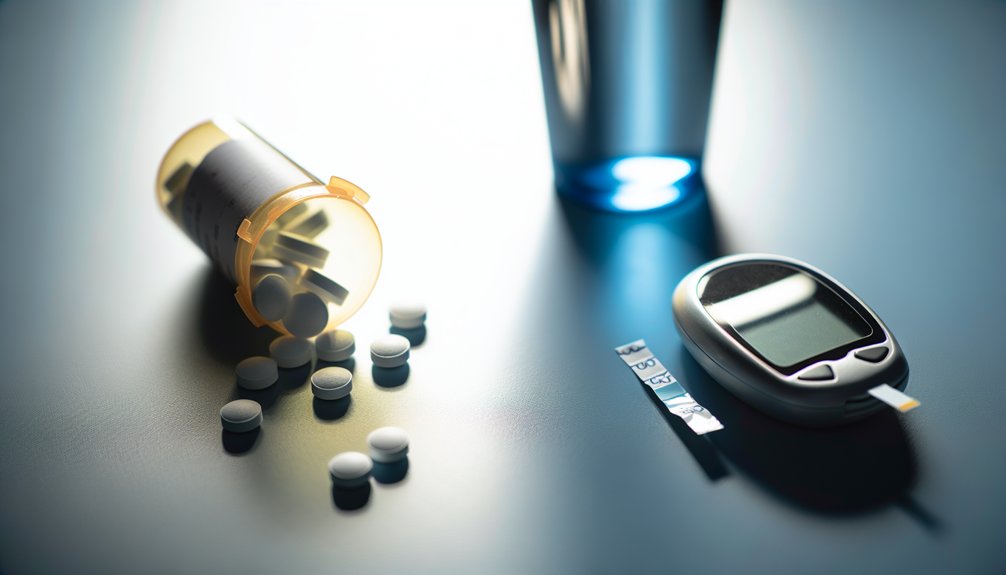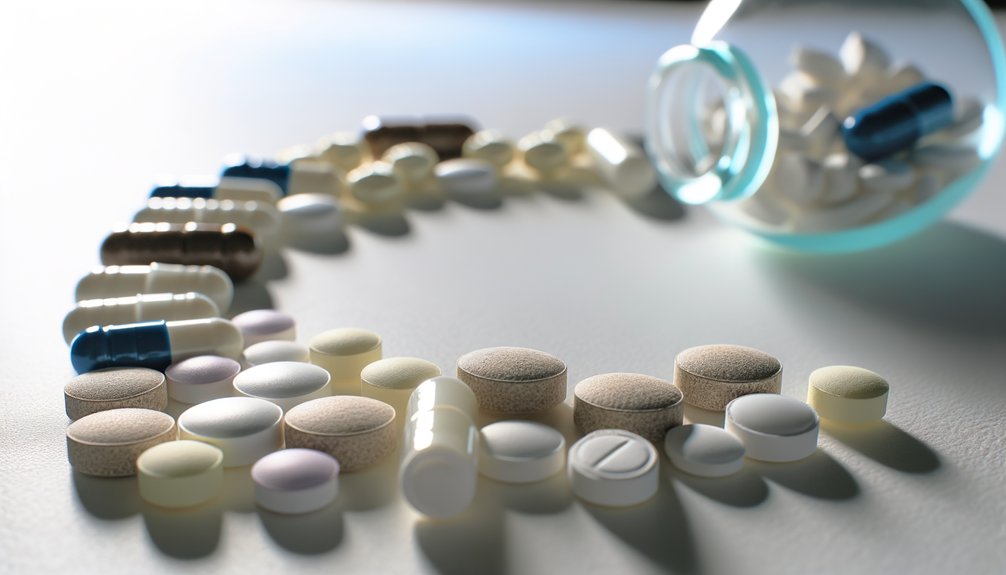Many diabetes medications can indeed help, but they often come with side effects that can be challenging. For example, metformin can cause nausea or a metallic taste, while GLP-1 agonists might lead to intense nausea, leaving patients frustrated. Weight gain is a concern with TZDs, adding to the struggle many face. It’s important to balance these effects with the benefits of blood sugar control—finding the right fit is key. Learn about more side effects to better navigate this journey.

Managing diabetes is often a journey marked by both hope and hurdles, and for many, the medications prescribed can bring about a whirlwind of side effects.
Take Metformin, for instance. While it’s a go-to for many, it can cause gastrointestinal issues like abdominal pain and bloating. Imagine trying to manage diabetes while feeling nauseous after every meal; it’s a tough road for many. Some also report a metallic taste or a sudden loss of appetite. Though hypoglycemia is rare, it’s still a concern, especially when combined with certain medications or alcohol. Recent studies show that metformin’s blood metal alterations may contribute to its wide-ranging health benefits beyond diabetes control.
Then there are GLP-1 receptor agonists. These medications can help with weight loss, but they often come with frequent nausea and vomiting. For up to 60% of users, these side effects can be so intense that they choose to stop the medication altogether. This brings its own risks, as discontinuation can lead to increased healthcare costs related to diabetes complications. Notably, patients managed by endocrinologists tend to have better outcomes, perhaps because these specialists are more attuned to the intricacies of these medications.
Thiazolidinediones present another set of challenges. While they can help with blood sugar control, they often lead to weight gain and fluid retention. The FDA has even issued warnings about potential heart failure risks with certain TZDs. Balancing benefits with risks is crucial when considering these medications. Imagine the frustration of trying to lose weight while battling the side effects of your medication!
Throughout this journey, the risks of hypoglycemia and hyperglycemia loom large. Some medications can lower blood sugar too much, while others might raise it unexpectedly. It’s a delicate balance that requires constant monitoring and adjustments.
With nearly 40% of type 2 diabetes patients stopping their medications due to side effects, it’s clear that managing diabetes is not just about the numbers; it’s about finding the right approach that keeps hope alive amid the hurdles.
